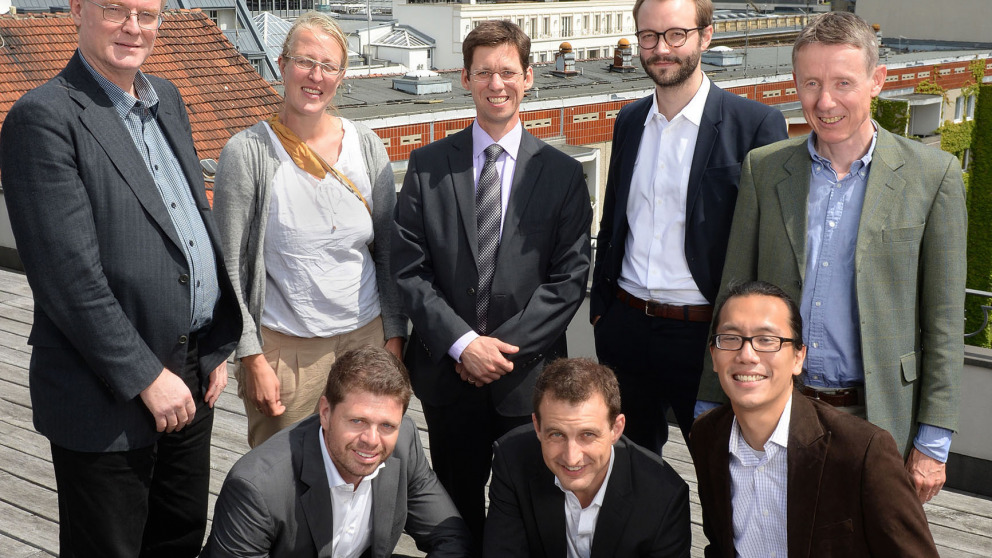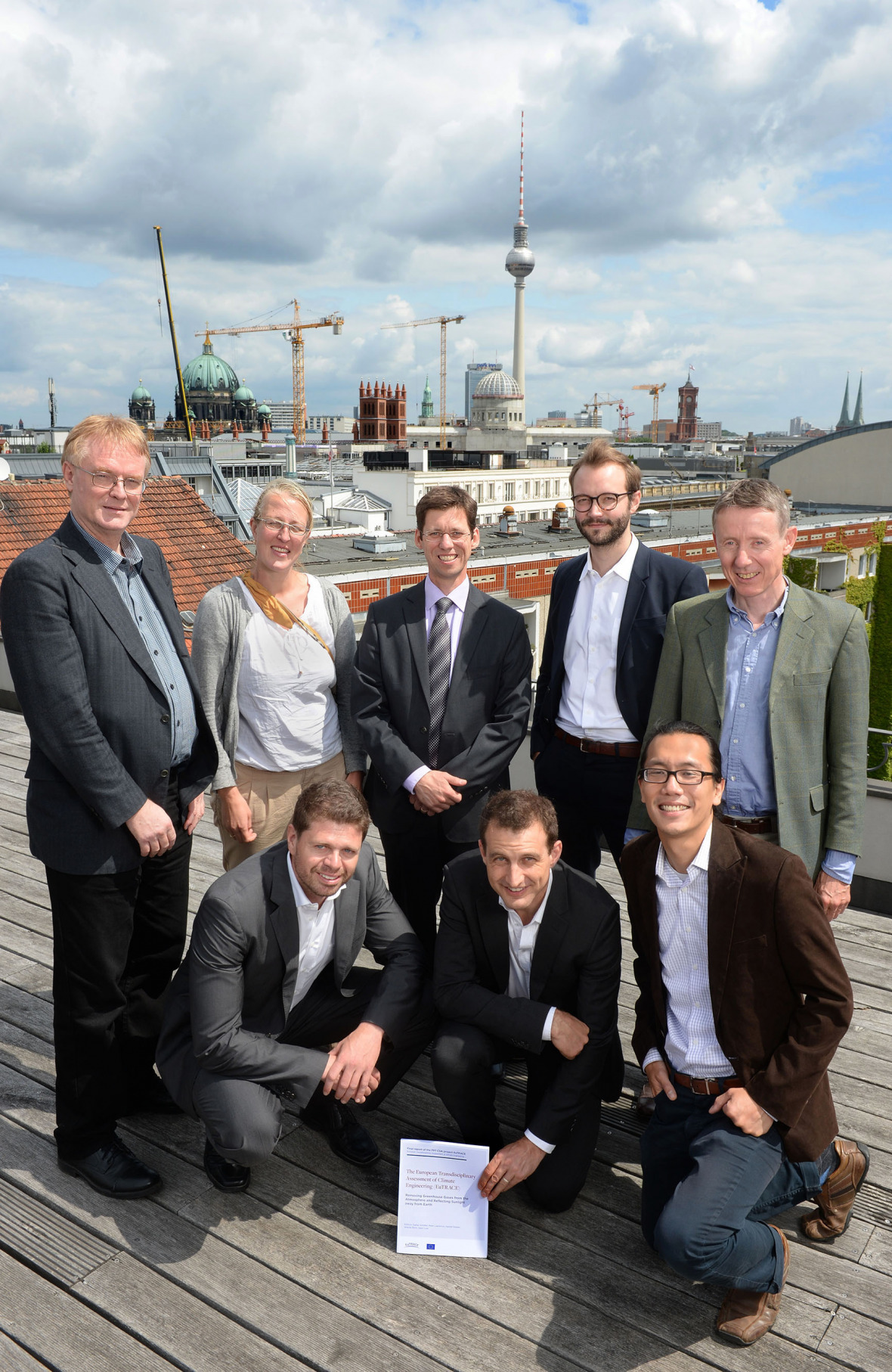New Study: Climate Engineering not an Option for Near-term Climate Policy
15.07.2015
EuTRACE

Greenhouse gas removal and albedo modification techniques cannot be counted on to contribute to reducing climate change within next decade or decades, concludes report
Targeted interventions in the climate (known as ‘climate engineering’ or ‘geoengineering’) are not a substitute for reductions in CO2 emissions and adaptation strategies to the negative consequences of climate change. In general, it is not yet clear whether it would be possible to develop and scale up any proposed climate engineering technique to the extent that it could be implemented to significantly reduce climate change. Furthermore, it is unclear whether the costs and impacts on societies and the environment associated with individual techniques would be considered acceptable in exchange for a reduction of global warming and its impacts, and how such acceptability or unacceptability could be established democratically. While it is sensible to continue to investigate climate engineering techniques to understand what potential they might have for partially counteracting climate change in the second half of this century and beyond, as well as to understand what kinds of effects they would then have on societies and the environment, it is imprudent to expect the various climate engineering techniques to play a significant role in climate policy in the next decade or even within the next several decades. These were some of the main conclusions of the report on the European Transdisciplinary Assessment of Climate Engineering (EuTRACE).

“It is important to understand the possibilities and problems associated with climate engineering proposals, in order to make decisions on them in a responsible manner. But it would be irresponsible, based on all we know so far, to expect climate engineering to significantly contribute to solving the problem of climate change in the next several decades. We will only be able to limit the effects of climate change if all states commit to drastically reducing their CO2 emissions, at the Climate Summit in Paris and beyond, following through on that commitment in the years thereafter,” stressed Professor Mark Lawrence, project coordinator of EuTRACE and Scientific Director of the IASS Potsdam. EuTRACE was funded by the EU and brought together researchers from 14 European partner institutions with a range of expertise on the topic of climate engineering.
Key assessment findings
The assessment report provides an overview of the broad range of techniques that have been proposed for climate engineering, and what these can and cannot do. The report then illustrates many of the challenges and concerns associated with climate engineering, focusing especially on three example techniques: bio-energy with carbon capture and storage (BECCS), ocean iron fertilisation (OIF), and stratospheric aerosol injection (SAI). Research on climate engineering has thus far been limited, mostly based on climate models and small-scale field trials. This research has not only shown the potentials of greenhouse gas removal and possibly of albedo modification for partially counteracting climate change over the long term, but has also shown that there are many problems and challenges that would be associated with their implementation, not only in terms of costs, technologies and environmental impacts, but also in terms of societal impacts and the development of regulation and governance.
One scientific challenge that generally applies to techniques for both greenhouse gas removal and albedo modification is understanding how their application could result in numerous harmful impacts on ecosystems, many of which are presently uncertain or unknown. Many other scientific and technical challenges are more specific to one of the two broad categories:
Greenhouse gas removal techniques face numerous scientific and technical challenges,
including:
- determining whether the techniques could be scaled up from current prototypes, and what the costs of this might be;
- determining the constraints imposed by various technique-dependent factors, such as available biomass;
- developing the very large-scale infrastructures and energy inputs, along with the accompanying financial and legal structures, that most of the proposed techniques
Video of the presentation of the report
15.07.2015
Contact

